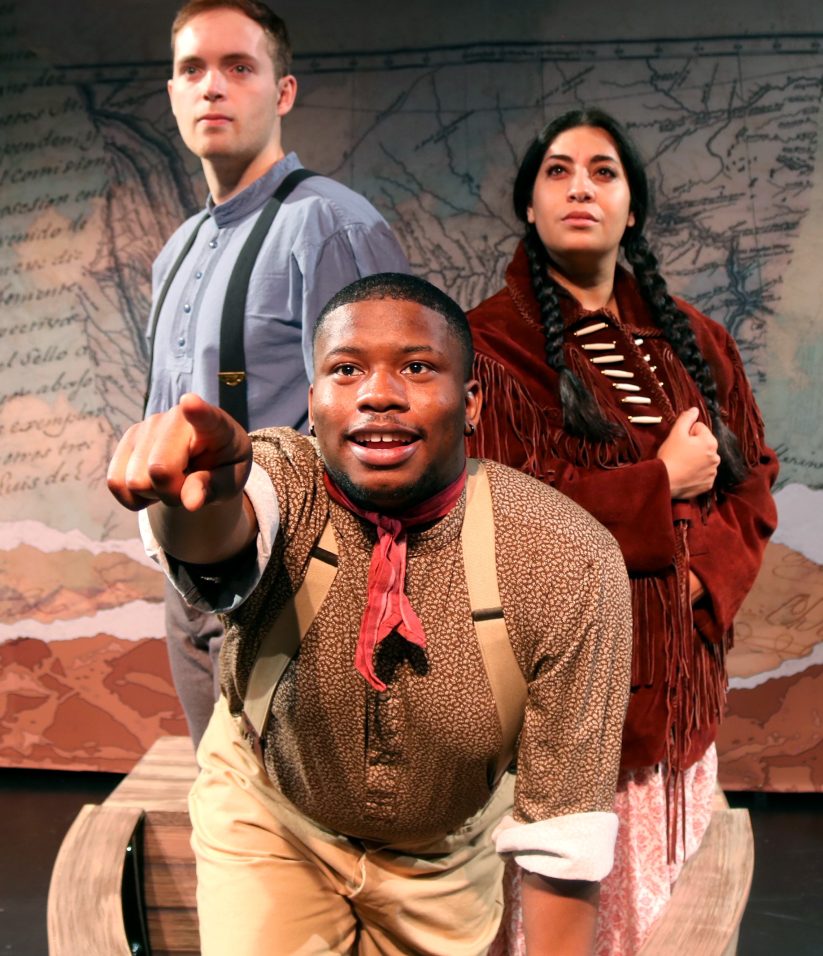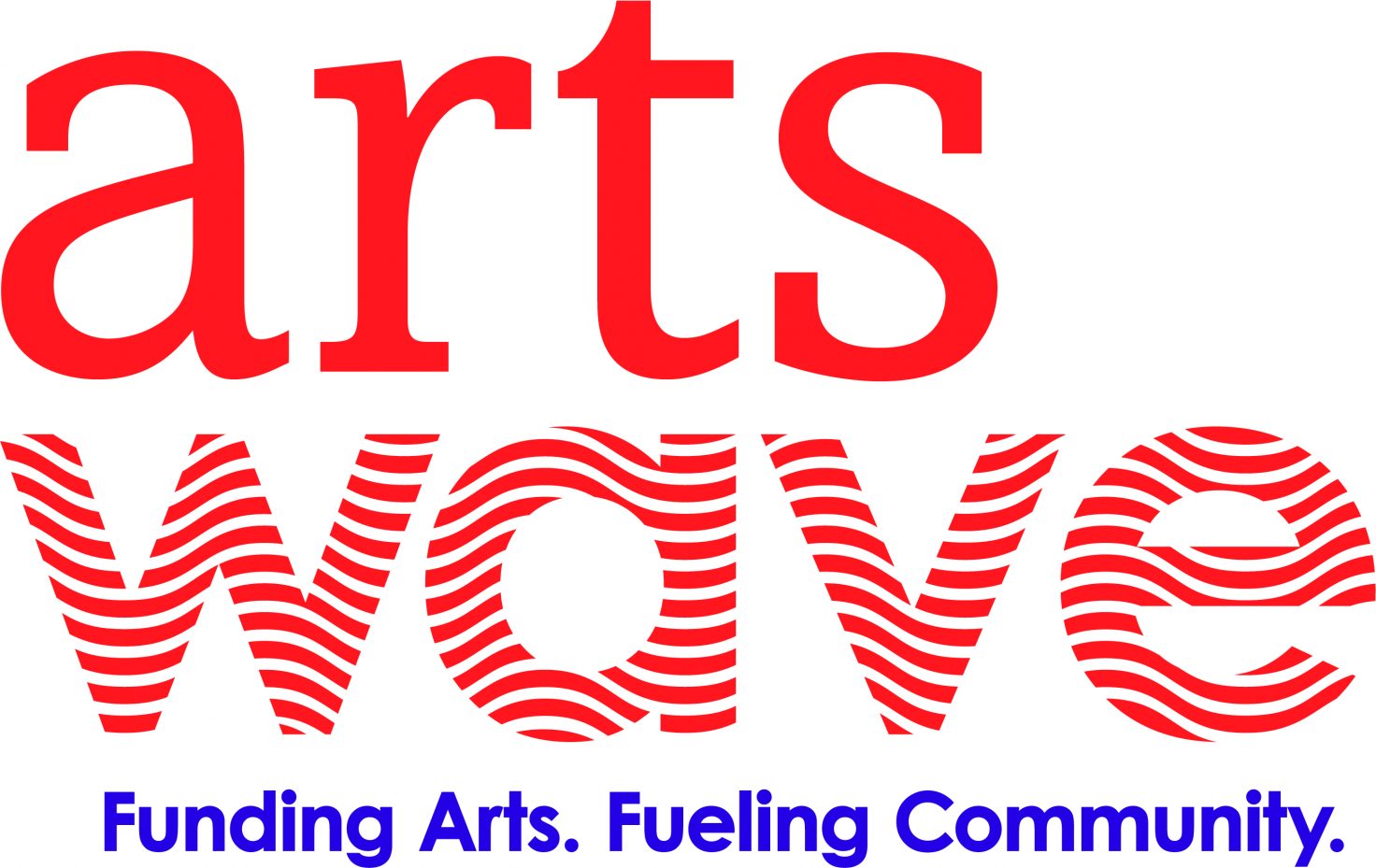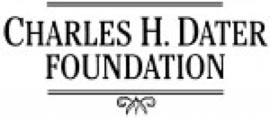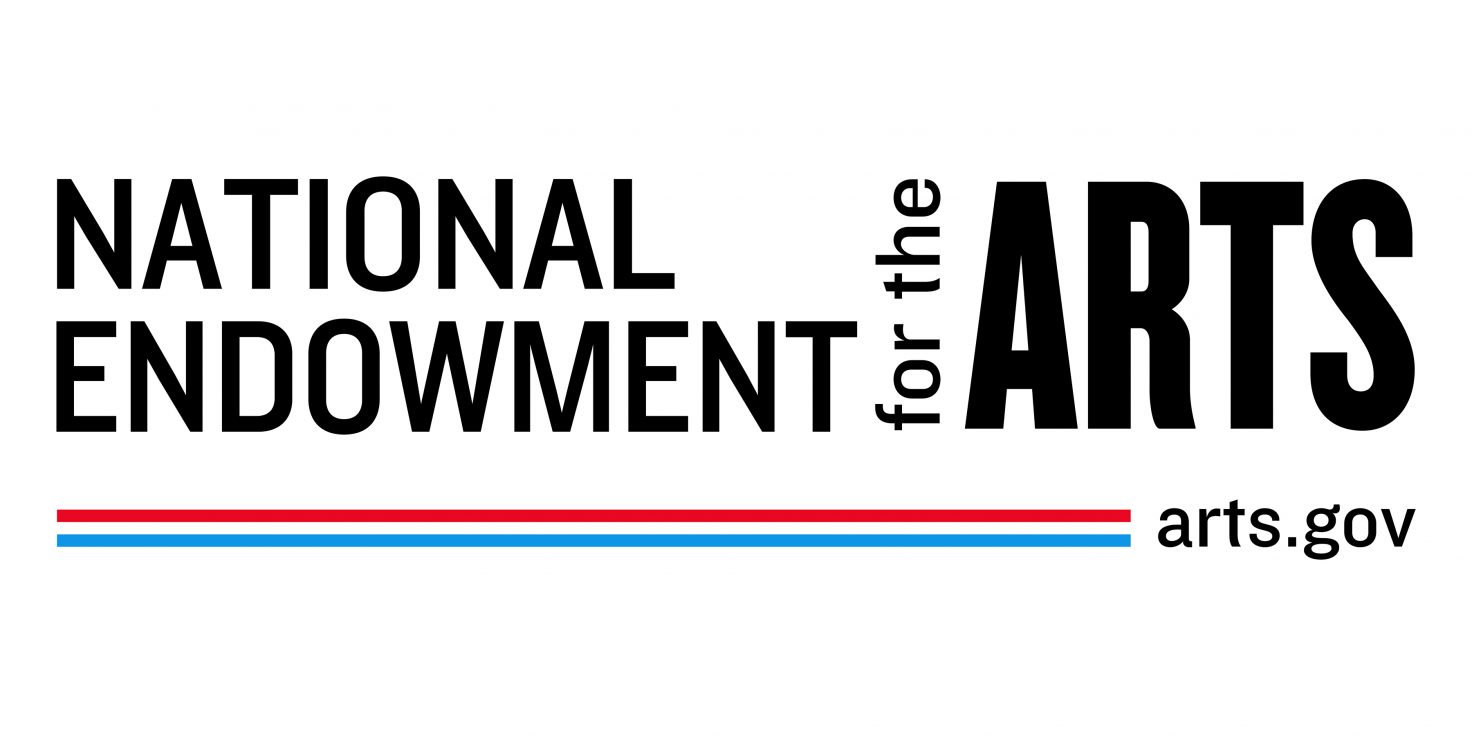Diversity, Equity, Inclusion & Accessibility

Implementing DEIA initiatives are important to our organization as it enables TCT to:
- Grow
employee satisfaction with the organization and develop cultural competence by
supporting and involving staff in the initiative - Expand
theatre awareness among the diverse and underserved communities in the
Tri-State area by promoting productions and developing programs/services geared
towards these populations - Increase
cast diversity by expanding auditions to communities, developing local and
national partnerships with diverse organizations, and looking for talent
outside the theater arena - Provide
the theatre experience to pockets of people who may not otherwise have access
to it - Contribute
to the Tri-State efforts of making the area a more inclusive place
Diversity is the range of human differences, including but not limited to race, ethnicity, gender, gender identity, sexual orientation, age, social class, physical ability or attributes, religious or ethical values system, national origin, and political beliefs.
2019 Ferris State University. Diversity and Inclusion Definitions.
Equity is defined as “the state, quality or ideal of being just, impartial and fair.” The concept of equity is synonymous with fairness and justice. It is helpful to think of equity as not simply a desired state of affairs or a lofty value. To achieve and sustain equity, it needs to be thought of as a structural and systemic concept.
2021 Annie E. Casey Foundation.

Inclusion is involvement and empowerment, where the inherent worth and dignity of all people are recognized. An inclusive universe promotes and sustains a sense of belonging; it values and practices respect for the talents, beliefs, backgrounds, and ways of living of its members.¹
2019 Ferris State University. Diversity and Inclusion Definitions.
Accessible means a person with a disability is afforded the opportunity to acquire the same information, engage in the same interactions, and enjoy the same services as a person without a disability in an equally effective and equally integrated manner, with substantially equivalent ease of use. The person with a disability must be able to obtain the information as fully, equally and independently as a person without a disability.
NC State University. What Does Accessible Mean?

OUR VISION
To have a respectful and supportive theater that attracts talent (employees, cast, Board Members) that are broadly representative of the community we serve
To have an organization that caters to the local community and creates productions that reflect the diversity of the Tri-State area, stimulating attendance of all community members
OUR VALUES
We value diversity by…
Accepting, respecting and valuing individual differences
Capitalizing on the diverse backgrounds and experiences of our staff and Board of Trustee Members
We value equity by…
Providing employees with DEIA training to recognize equity inconsistencies
Promoting scholarships for Academy classes
Facilitating JumpStart Theater Program for schools to build and grow a theatre department
We value inclusion by…
Identifying, addressing, and removing misconceptions and barriers in our organization, including productions, process, practices, programs, and services
Facilitating opportunities that result in active and meaningful participation of all employees
Creating ideas, programs, and solutions built upon a range of perspectives
We value accessibility by…
Offering subsidized tickets to local schools for MainStage productions
Keeping public ticket prices low, with $12 tickets available for every performance
Producing Sensory-Friendly performances of MainStage shows
Capturing productions for digital streaming option


OUR PURPOSE
To integrate DEIA values and practices into four areas of the organization (employee resources, theatre audience, production casting, and Board of Trustees) and to enable progress and results to be measured for all mentioned areas.
TCT worked with a consulting firm, 2019 Arts Consulting Group, in order to achieve our DEIA goals. With them, we have highlighted specific areas to focus on:
Employee Resources
Each individual in an organization brings with them a diverse set of perspectives, work and life experiences, as well as religious and cultural differences. The power of diversity can only be unleashed and its benefits reaped when we recognize these differences and learn to respect and value each individual regardless of their background.
GOAL: To develop internal cultural awareness and perceptions of inclusiveness throughout the organization
Theatre Audience
Since audiences connect to organizations through their programming, it is important that content and engagement strategies seek to develop a relationship with the communities they serve. Organizations that invest in more structured engagement reap benefits that affect all areas of the business and have a long-term impact.³
GOAL: To increase the number of people from diverse and underserved populations attending productions
Production Casting (sourced: 2019 Global Diversity Practice)
Diversity and Inclusion initiatives empower people by respecting and appreciating what makes them different, in terms of age, gender, ethnicity, religion, disability, sexual orientation, education, and national origin.²
GOAL: To have a cast that is broadly reflective of the Tri-State community
Board of Trustees (sourced: 2019 Deloitte Insights)
Boards have an interest in encouraging inclusion as well as diversity. Where an inclusive culture exists, employees are much more likely to see themselves as part of a high-performing organization in which teams collaborate and consistently meet client and customer needs.⁶
GOAL: To grow the number of diverse Members of the Board

Talking to Kids about Racial Diversity and Inclusion

A list of resources to guide discussions about acceptance, kindness, friendship, inclusion, respect, and diversity with students of all ages.






